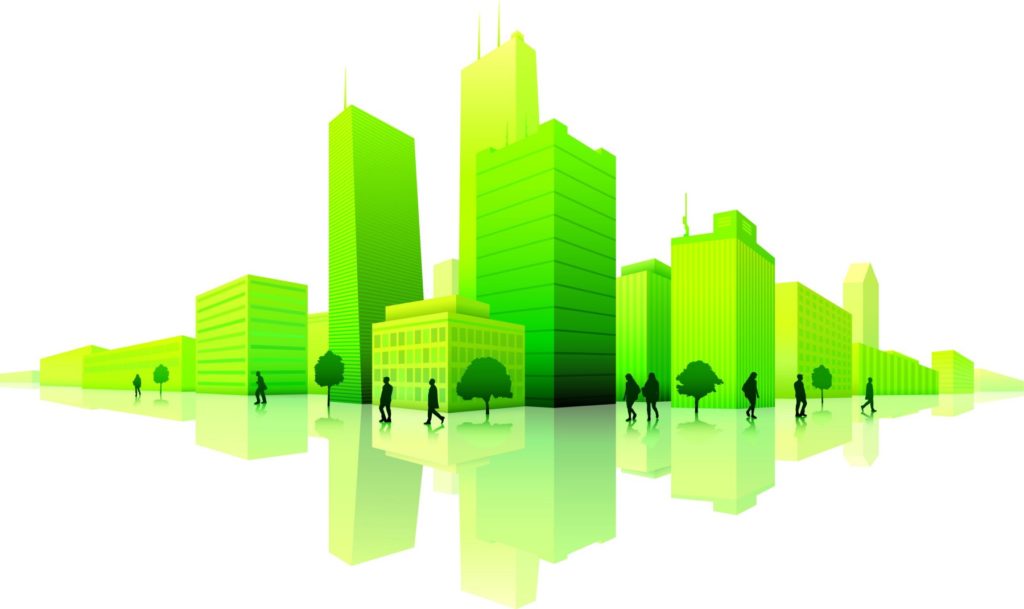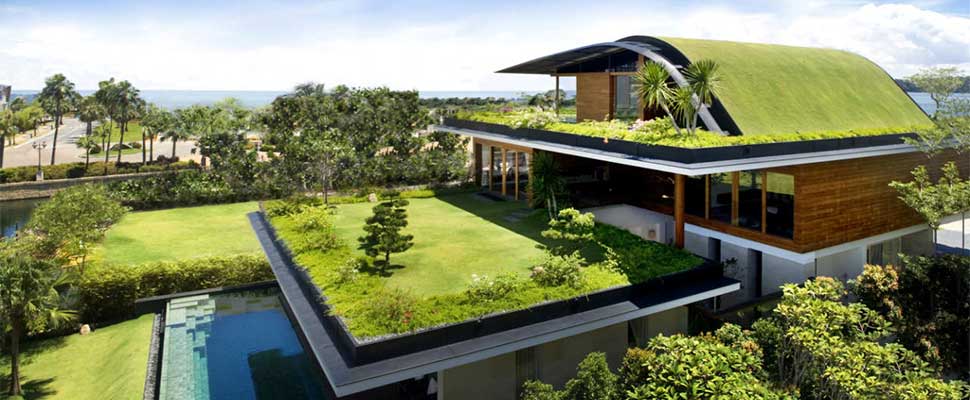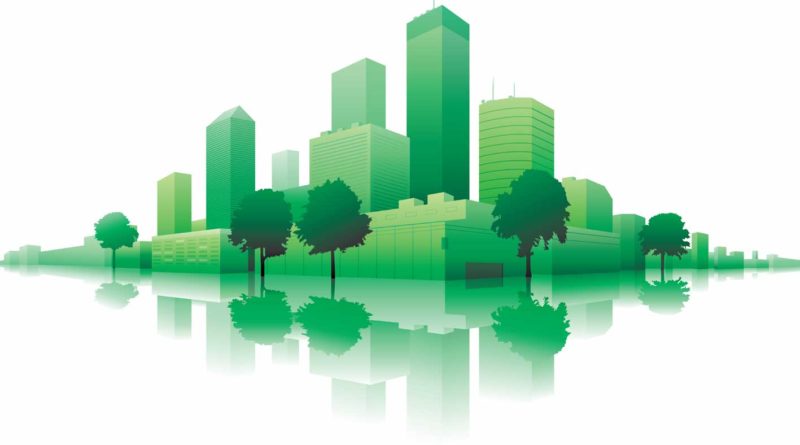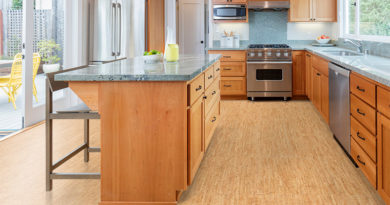GREEN BUILDINGS | An Architect Explains
People have been environment-conscious for the past couple of decades. However, the primary focus was on reducing pollution from industries and on utilising renewable resources. It is only in recent years that people have realised that buildings and building construction activities are the largest consumers of energy on the planet. That is how the Green Building Movement was started.

Green building is the practice of creating structures and using processes that are environmentally responsible and resource-efficient throughout a building’s life-cycle from siting to design, construction, operation, maintenance, renovation and deconstruction. As an Architect, I have become very conscious of my responsibility in “Greening’ the buildings that I design. Though my knowledge of this relatively new trend is limited, I am making an attempt to learn and have discussed what I have collated here, under the following headings:
What are Green buildings?
What are the unique features of Green Buildings?
Are Green Buildings expensive?
WHAT ARE ‘GREEN BUILDINGS’?
‘Green Buildings’ are the latest buzz word in the field of the built environment. Globally the Green Movement was started in 1990, to address the levels of unsustainable energy consumption in the UK and the U.S. and to bring them down to more acceptable levels of sustainability. With the establishment of the first Green Building rating system, BREEAM in the U.K., followed by the U.S. Green Building Council (USGBC) in 1993, they established targets for designers and manufacturers and offerred incentives, awards and accreditation to buildings. This cause is carried forward by the Indian Green Building Council (IGBC) which has now adopted some of the USGBC standards for Indian conditions. India has been at the forefront of the Green Building movement
Architectural practices are transforming buildings of other colours to ‘Green’. Green building design has emerged as a specialised profession and it appears that in the near future, those who do not think ‘Green’ may be considered outcasts in the industry.
WHAT ARE THE UNIQUE FEATURES OF GREEN BUILDINGS?
Green Buildings incorporate a number of features at the time of conception, design and construction, so as to reduce the load on the environment. These include:
- Use of non-toxic, recyclable and environment-friendly building materials.
- Use of locally available materials as much as possible, to reduce transportation costs and pollution.
- Conservation of water through lower demand and better harvesting.
- Water reuse for some applications.
- Use of energy-efficient and eco-friendly equipment.
- Maximum use of natural light and heat so that lighting, cooling and heating appliances are used to a minimum.
- Maximum use of solar energy.
ARE GREEN BUILDINGS EXPENSIVE?
It is a myth that Green Buildings are expensive and hence economically non-viable in a country like India. Significant savings can be made during construction, if the ‘Green’ concept is incorporated right at the design stage of the building. A green building has been proven to have an operation and maintenance cost saving of upto 25% to 30%. In addition, the intangible benefits of better productivity of occupants, sense of well-being and lower attrition due to the better quality of life are difficult to quantify. Hence, in the long run a Green Building’s cost works out to much less than the regular one.

If you found this post useful, I would really love it if you pin it or share it. I have not blocked the site just because your ad blocker is switched on because I hope my content will be useful to you. But I am able to run this site only because of the ads. So I will be obliged if you turn off your ad blocker. Thank you!
Read about:



